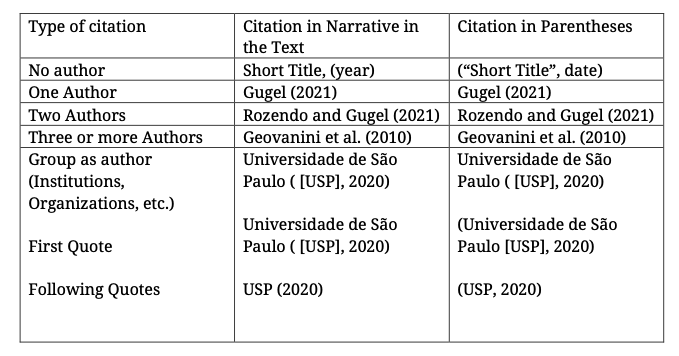Submissions
Submission Preparation Checklist
As part of the submission process, authors are required to check off their submission's compliance with all of the following items, and submissions may be returned to authors that do not adhere to these guidelines.- The contribution is original and unpublished, and is not being evaluated for publication by another journal; otherwise, it must be justified in "Comments to the editor".
- The submission file is in Microsoft Word, OpenOffice or RTF format.
- URLs for references is provided where possible.
- The text is spaced 1.5; uses an 11-point font; employs italics instead of underlining (except in URL addresses); Figures and tables are inserted in the text, not at the end of the document in the form of attachments.
- In case of submission to a section with peer review (eg articles), the instructions available in Ensuring blind peer Ensuring blind peer review were followed.
- In case of submission to a peer-reviewed section (e.g. articles), the instructions available in Ensuring Blind Peer Review were followed.
- I am aware that, in addition to the article in DOCX format (version with names and version without names), I must also send at the time of submission the Copyright Transfer Term, the Potential Conflict of Interest Disclosure Term, the Authors' contribution declaration and proof of payment of the Article Submission Fee in the amount of R$ 240.00. Payment must be made through PIX in favor of the FIEP Office in Brazil – Key is CNPJ 09.688.116/0001-30. It can also be made via bank transfer to: DELEGACIA DA FIEP NO BRAZIL, CNPJ nº 09.688.116/0001-30, bank nº 479- ITAUBANK SA, branch 7476, current account nº 01409-2.
Copyright Notice
Authors who publish in this journal agree to the following terms:
- Authors retain copyright and grant the journal the right of first publication, with the work simultaneously licensed under a Creative Commons Attribution License that allows sharing of the work with acknowledgment of authorship and initial publication in this journal.
- Autores mantém os direitos autorais e concedem à revista o direito de primeira publicação, com o trabalho simultaneamente licenciado sob a Licença Creative Commons Attribution que permite o compartilhamento do trabalho com reconhecimento da autoria e publicação inicial nesta revista.
- Authors are authorized to assume additional contracts separately, for non-exclusive distribution of the version of the work published in this journal (eg, publishing in an institutional repository or as a book chapter), with acknowledgment of authorship and initial publication in this journal.
- Authors are permitted and encouraged to publish and distribute their work online (e.g., in institutional repositories or on their personal page) at any point before or during the editorial process, as this can generate productive changes, as well as increase the impact and citation of published work (See The Open Access Effect).
Privacy Statement
The names and addresses informed in this magazine will be used exclusively for the services provided by FIEPS, not being made available for other purposes or to third parties.









